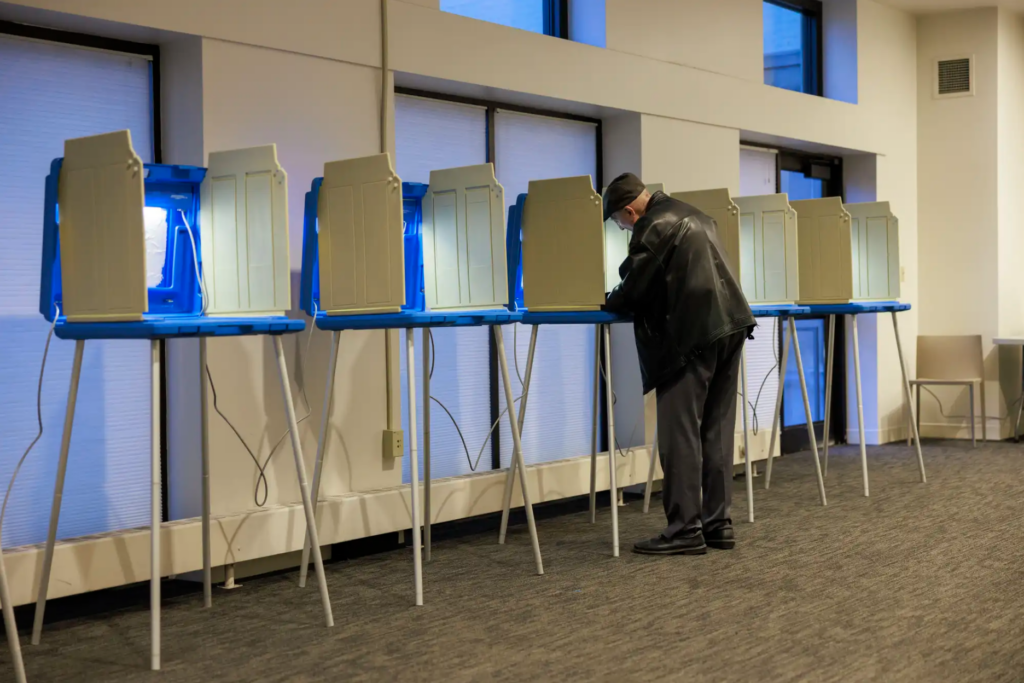DFL, GOP set Minnesota presidential primary ballots with multiple choices on each
Published 6:25 am Thursday, December 14, 2023

- In this file photo, voters cast their ballots at Temple Israel polling station on Nov. 7 in Minneapolis.Kerem Yücel/MPR News
|
Getting your Trinity Audio player ready...
|
Minnesota’s DFL and Republican parties on Wednesday submitted names of candidates for the state’s presidential primary ballots.
Both parties include frontrunners along with lesser known candidates. Party leaders had to submit names to the Secretary of State’s Office to be included on presidential primary ballot.
Minnesota voters will weigh in on March 5 in the primary contests but early voting starts on Jan. 19 — four days after the nominating season kicks off with the Iowa caucus.
The names on the party lists might not reflect the candidates still in the running by the time Minnesota’s votes are counted on Super Tuesday.
DFL voters will consider nine candidates, including President Joe Biden, Minnesota U.S. Rep. Dean Phillips and repeat candidate Marianne Williamson.
There are also “uncommitted” and write-in lines, although write-in votes are counted for specific candidates only if a party chair requests it.
According to a party spokesperson, the Minnesota GOP advanced five candidates: former President Donald Trump, current and former Govs. Chris Christie, Ron DeSantis and Nikki Haley and businessman Vivek Ramaswamy. The party also intends to allow for write-ins.
Minnesota revived its presidential primary four years ago after a hiatus. About 685,000 of the state’s nearly 3.4 million registered voters participated.
Trump was the only name on the Republican ballot oppose a write-in line; he got about 98 percent of the vote.
Biden won a crowded race on the Democratic side with nearly 39 percent of the vote on the higher turnout side of the ballot.
Minnesota doesn’t have party registration, but the primary does require voters to swear an oath declaring themselves in “general agreement with the principles of the party” whose ballot they pick. The parties will receive lists of voters in their primary, which can pay dividends later when they work to gin up turnout in other state, local and federal elections.



